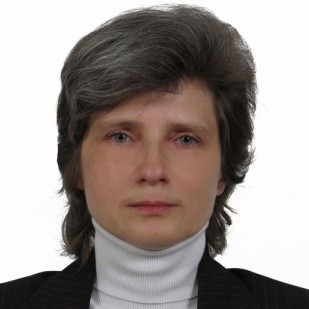Diffractive Optics for Generation and Transformation of Structured Light
A special issue of Photonics (ISSN 2304-6732).
Deadline for manuscript submissions: closed (20 January 2023) | Viewed by 6124
Special Issue Editor
Interests: diffractive optics; singular optics; sharp focusing; polarization transformation
Special Issues, Collections and Topics in MDPI journals
Special Issue Information
Dear Colleagues,
Structured light is a term often used to describe light fields with a certain configuration of amplitude, phase, and/or polarization distribution. Today, structured laser beams are widely used in optical and quantum communications, the laser processing of materials, optical microscopy, and biophotonics. The possibility of controlling not only the distribution of the generated laser beam intensity but also its phase distribution and polarization state is critically important and can be effectively performed using diffractive optical elements (DOEs). In recent years, DOEs have been widely used for the shaping of specified complex field distributions, including so-called vortex laser beams carrying an orbital angular momentum, for the realization of polarization transformations, and also for forming fields with a longitudinal field component. Their high damage threshold and efficiency and the possibility for their miniaturization have made DOEs a practical tool for the realization of centimeter-, millimeter-, and micrometer-scale optical devices.
This Special Issue introduces new theoretical aspects of diffractive optics and practical applications of DOEs in the generation, transformation, and control of structured beams.
This Special Issue will focus on state-of-the-art research on diffractive optics and diffractive optics-based devices. In this Special Issue, original research articles, letters, and reviews are welcome.
Research areas may include (but are not limited to) the following:
- General aspects of diffractive optics;
- Optical elements;
- Diffractive optics-based devices;
- Design algorithms;
- Phase and amplitude encoding;
- Structured light beams;
- Polarization transformation;
- Superresolution;
- Optical processing.
Prof. Dr. Svetlana Nikolaevna Khonina
Guest Editor
Manuscript Submission Information
Manuscripts should be submitted online at www.mdpi.com by registering and logging in to this website. Once you are registered, click here to go to the submission form. Manuscripts can be submitted until the deadline. All submissions that pass pre-check are peer-reviewed. Accepted papers will be published continuously in the journal (as soon as accepted) and will be listed together on the special issue website. Research articles, review articles as well as short communications are invited. For planned papers, a title and short abstract (about 100 words) can be sent to the Editorial Office for announcement on this website.
Submitted manuscripts should not have been published previously, nor be under consideration for publication elsewhere (except conference proceedings papers). All manuscripts are thoroughly refereed through a single-blind peer-review process. A guide for authors and other relevant information for submission of manuscripts is available on the Instructions for Authors page. Photonics is an international peer-reviewed open access monthly journal published by MDPI.
Please visit the Instructions for Authors page before submitting a manuscript. The Article Processing Charge (APC) for publication in this open access journal is 2400 CHF (Swiss Francs). Submitted papers should be well formatted and use good English. Authors may use MDPI's English editing service prior to publication or during author revisions.
Keywords
- diffractive optics
- diffractive optics-based devices
- design algorithms
- phase and amplitude encoding
- structured light beams
- polarization transformation
- beam shaping





